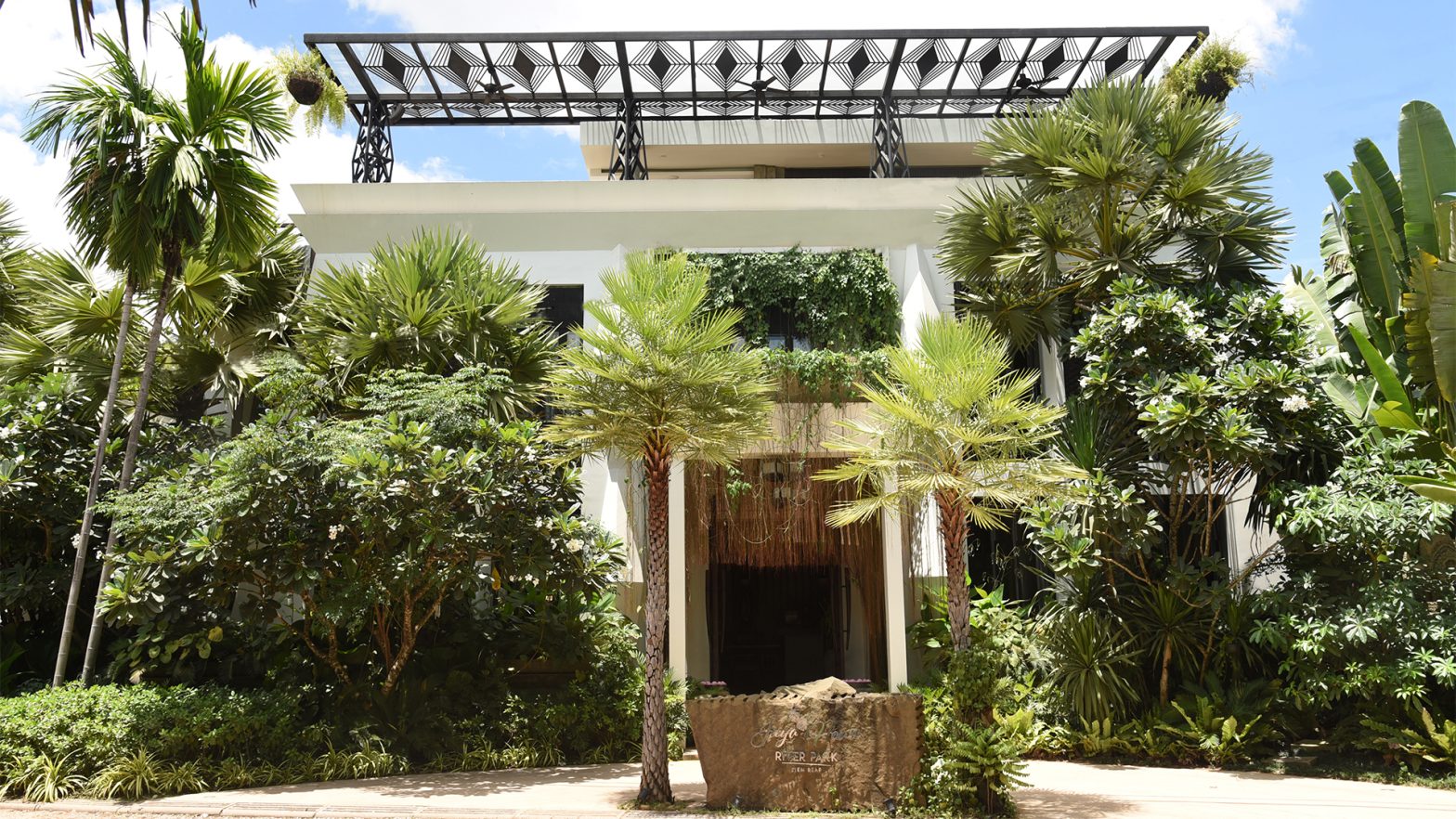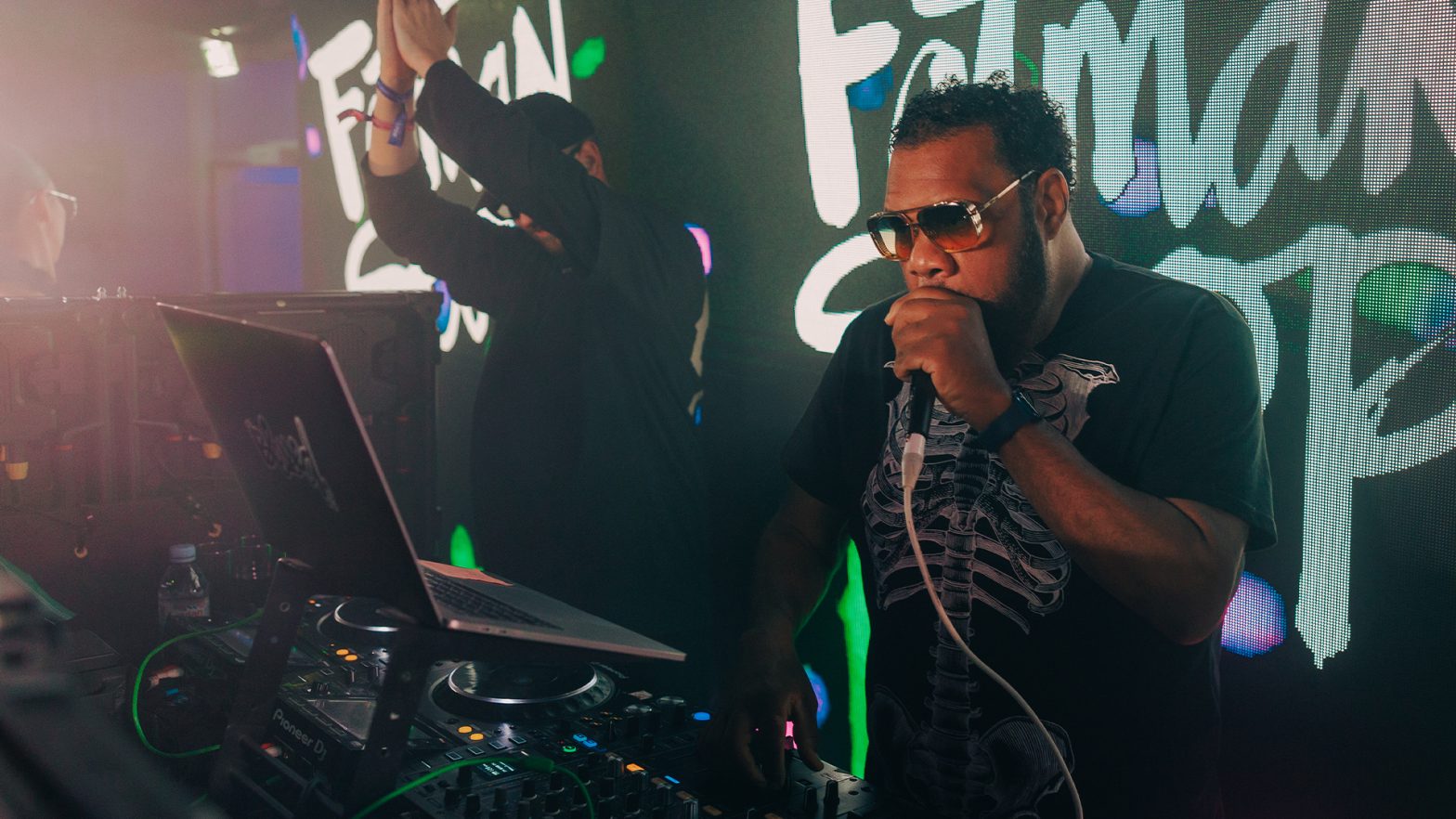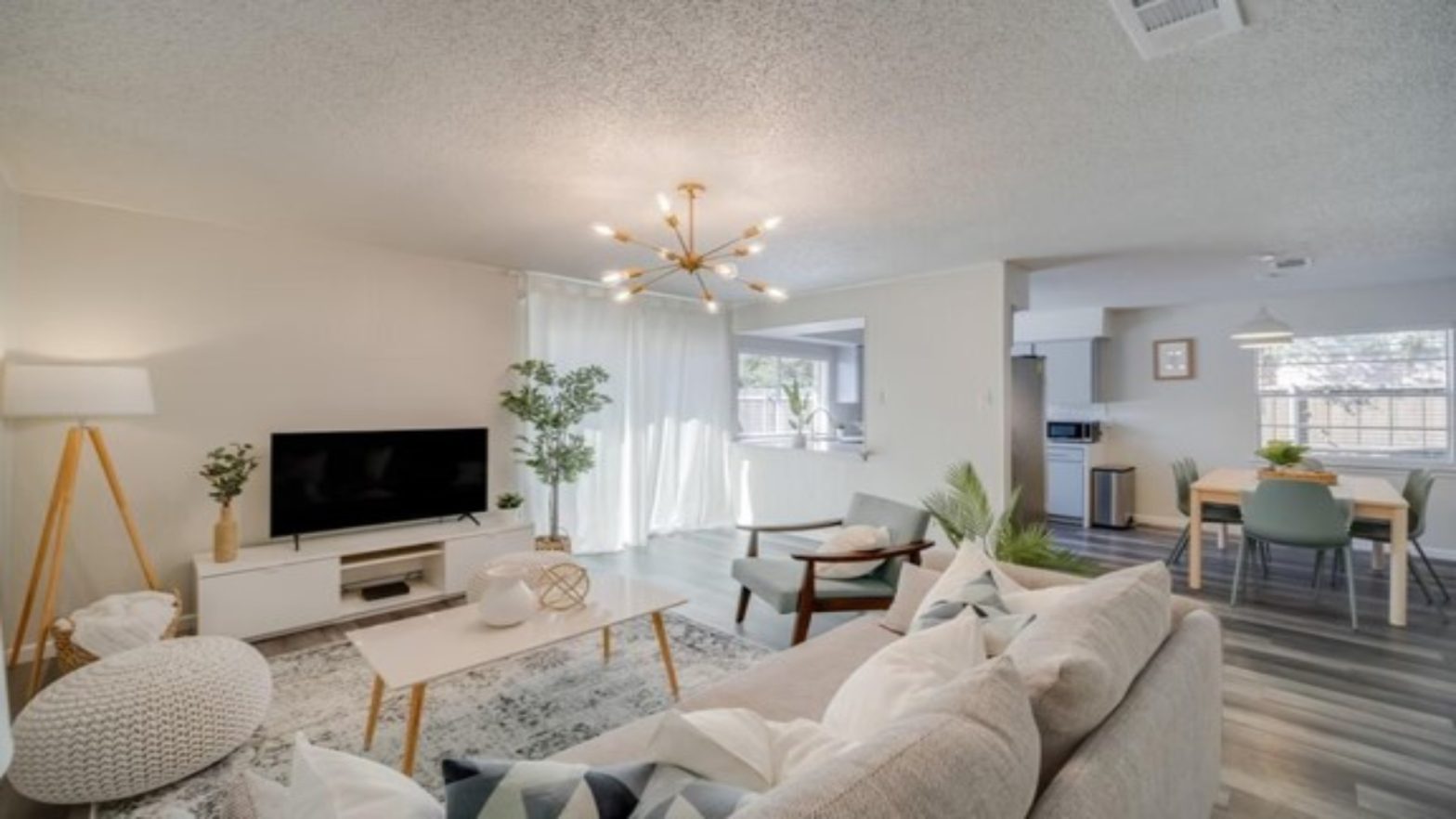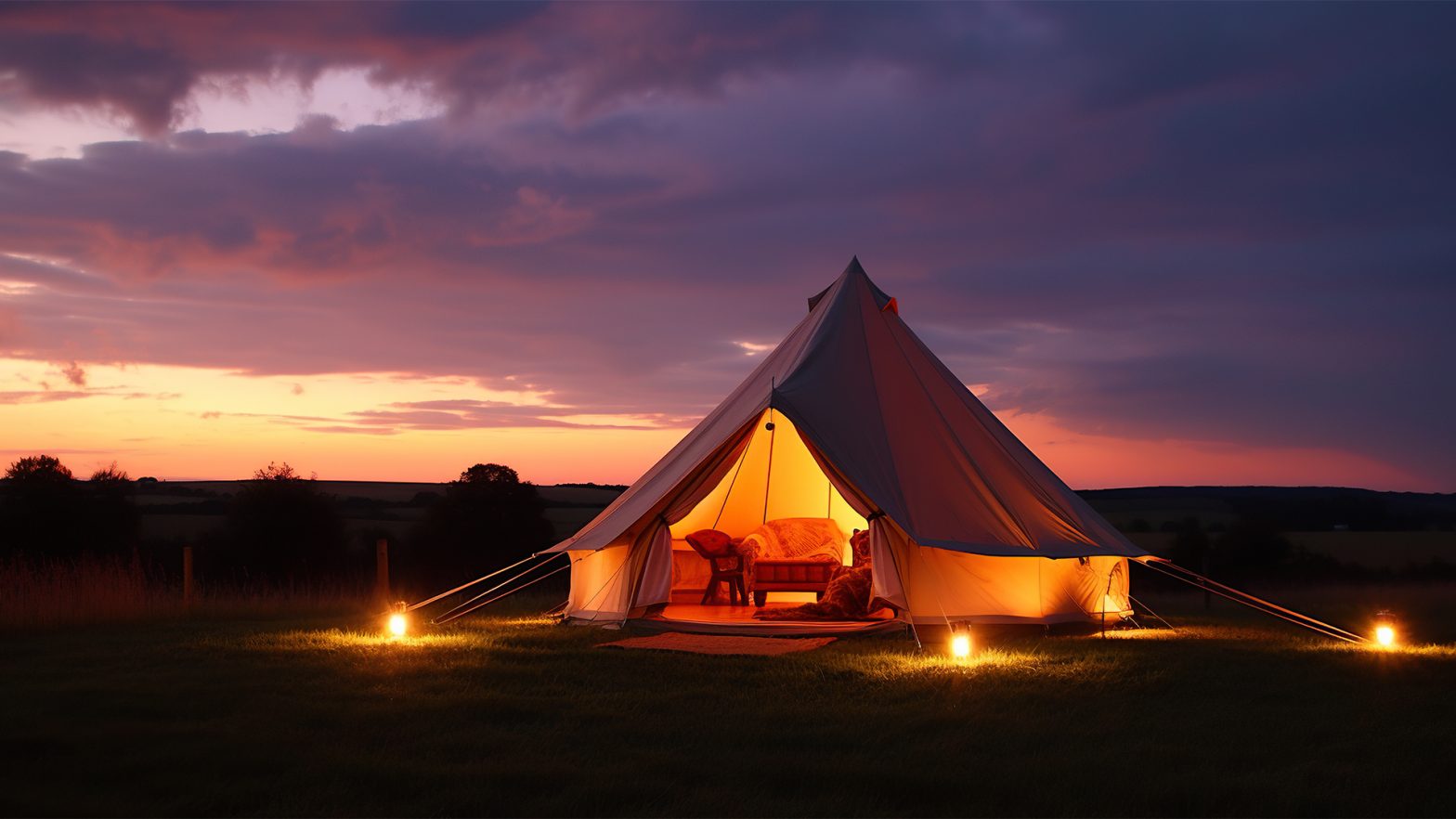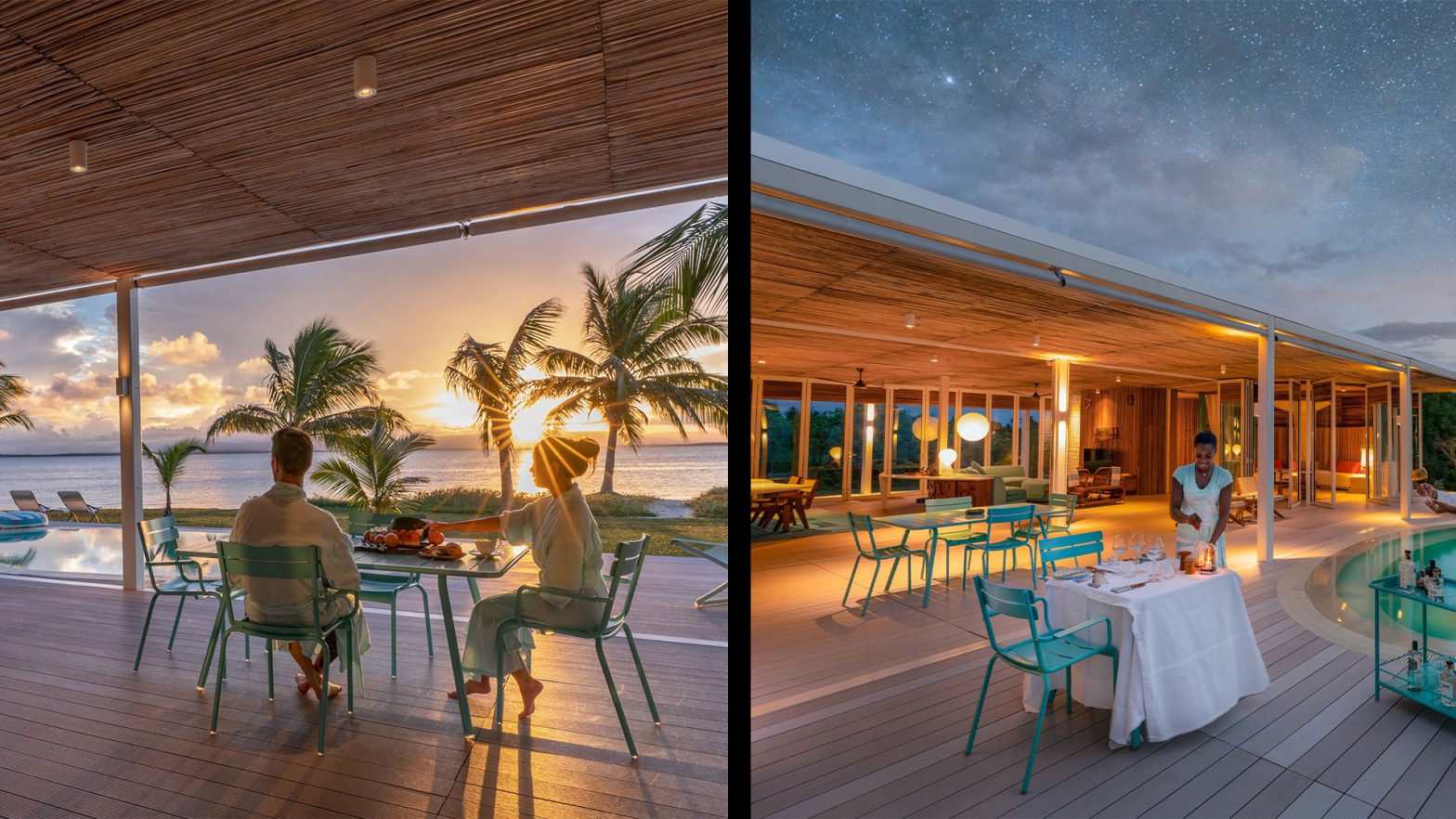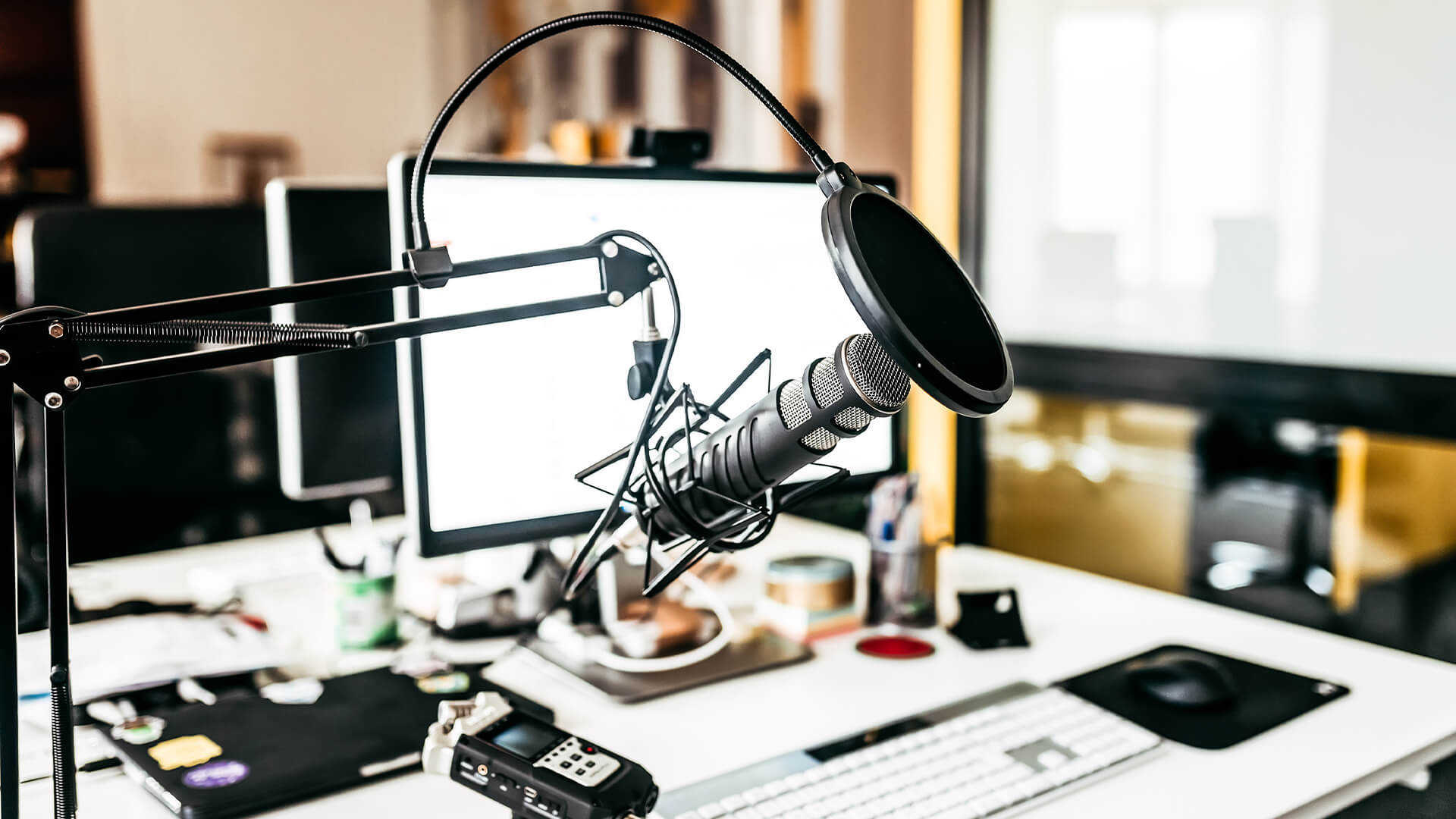
It is quite an amazing thing to have a passion for recording. Once you have gone through the primary collection of all the essential recording gear, the next step is to move on to designing the room of your dreams; a recording room. Designing the perfect recording room takes some real determination and may seem quite challenging. If you follow our stepwise process, however, you will have a lovely recording room in no time, and without all the overwhelm.
Often, those who are just stepping into the field may underestimate the significance that a recording room holds. However, you cannot make this mistake because a nicely designed recording room will make all the difference in your journey. In this guide, we are going to take you on a step-by-step ride to set up a recording room that is just perfect.
Choose a Room!
This is quite an obvious step and something that you have to take care of before you move on to anything else. Before you start you must have a room and you should select the one that seems the best out of all the options you have. Now, we are not advising you to go above and beyond what you can afford or manage; you should take your pick from the available options. If you have an average house, it may have two or three rooms that you can use to set up the recording studio.
Go For Rooms that Are Big
Well, you don’t need just about any room to set up a recording studio because there are certain things that you need to avoid. There are a few things that you should avoid while selecting this site because this room has a special purpose and you must ensure that all the dynamics contribute to that goal. Your first priority should be to secure a room that is big in size because big rooms can accommodate several musicians and have a lot of space for the collection of instruments that you have. With bigger rooms, there is always the option of adding more things. If you or any of your guests get claustrophobic, bigger rooms would make you feel a little better. Another advantage of having bigger rooms is that they make the recording experience much better. As a beginner, you may want to go for a smaller room as it may appear cozy but having a bigger room will prove to be the better option.
Less Noisy Rooms Are Perfect
We are surrounded by noises in our everyday life. However, we often do not register them consciously as we have become so accustomed to hearing them. While recording, all these noises are picked up by the microphones and they will magnify everything. Whether it is the noises made by the neighbors, birds, wind, cars, rain, or plumbing sounds, everything will be recorded and it will be quite the chaotic jumble. So, in order to have a perfect recording room, you should select one that has the least noise. Thinking about soundproofing the room is also a great idea and if you have the budget for it, you should definitely do it.
Avoid Rooms with Poor Flooring
Hard floors are great for setting up a recording room and you should go for tile, hardwood, or concrete because they make for ideal floor choices. If the room is carpeted, it can become problematic because, usually, recording studios have high foot traffic and the carpet can start looking like a mess quickly. Another important factor is that carpets can only absorb high frequencies, therefore it will hurt the acoustics a lot. If you love having a carpet around, selecting a nice rug will be a better option because you can always remove it whenever needed.
Treat the Room for Better Acoustics
Before you start doing anything else, you should first strip the room clear of all the clutter. Take everything out of the room, and clear the walls and floors. The next step is to add acoustic treatment to the room. This is an important step because without having high-quality acoustics, you cannot have an amazing production.
The Final Step
Once you have done all of that, the last step is to arrange the workstations. Add the instruments, gear, desk, and chairs that you have for the studio. You can certainly add some other furniture too, like chairs or a small couch but give it proper thought and plan out the room decor. You need to have at least two stations, one with a desk or an area for the engineer and another area for recording (this one will be for musicians).
Once you follow these guidelines, setting up a recording studio turns into an easy task. You will not only end up with a fully equipped and functional studio but will also enjoy the process. And just like that, you have a wonderful recording studio and you can continue adding more value to this space.










